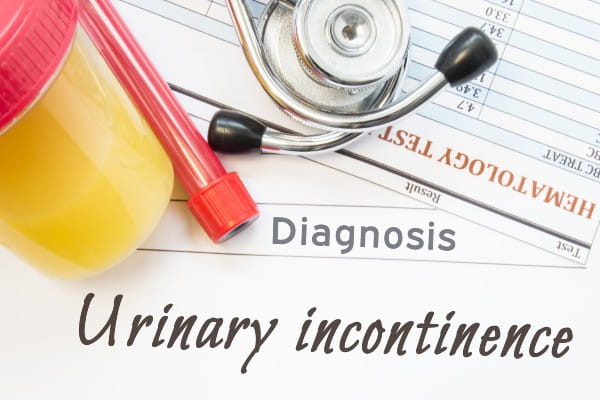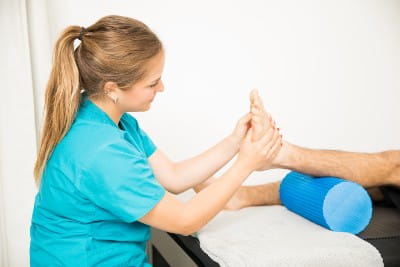You’ve seen the magazine ads and TV commercials featuring women sharing their need for bladder-leak undergarments due to incontinence. But what is incontinence and how large a problem is it?
Urinary incontinence means a loss of bladder control, which results in leaked urine. It’s an extremely common condition for women. A recent National Poll on Healthy Aging by AARP and the University of Michigan found that 46 percent of women aged 50-80 reported having experienced incontinence to one degree or another.
Factors behind female incontinence
Incontinence affects twice as many women as men, according to the U.S. Department of Health & Human Services’ Office on Women’s Health.
That’s because many factors associated with female reproductive health — including pregnancy, childbirth and menopause — place women at higher risk of developing incontinence.
Specifically, these milestone female reproductive events can place strain on the bladder, urethra and pelvic muscles and nerves, leading to loss of bladder control.
Other risk factors for developing incontinence include:
- Obesity
- Consequences of surgery (for example, hysterectomy or other pelvic surgery)
- Medication side effects
- High caffeine consumption
- Long-term or chronic constipation
Types of incontinence
Women typically experience one of two main types of urinary incontinence:
- Stress incontinence
This is the most common type of incontinence. Women who have stress incontinence often leak urine while exercising, sneezing, lifting heavy objects or coughing — activities that place added “stress” on the bladder and pelvic muscles. - Urge incontinence (also known as overactive bladder, or OAB)
Women with urge incontinence experience frequent urges to urinate and sometimes leak before they can reach a bathroom.
Seeking treatment
Many women suffer with incontinence for months or even years before talking about it with their doctors — due to shame or embarrassment about their condition.
“We need our patients to understand that incontinence isn’t something to be ashamed of,” says Elizabeth Waring, M.D., obstetrician and gynecologist with Riverside Health. “It’s an issue that many women face. When patients share their symptoms openly, we can work with them to develop an effective treatment plan.”
Your doctor will want to know about the frequency and severity of your symptoms, including how, when and where you typically experience leaks. It’s a good idea to keep a log of your leakage episodes leading up to your appointment so that you can share precise information.
In addition to urine and bladder control tests, your physician may call for a series of diagnostic tests. Those tests may include an abdominal ultrasound or a cystoscopy to identify factors that contribute to the incontinence.
Treatment options
Your doctor may first suggest a series of at-home steps you can take to address your incontinence. These include doing pelvic floor exercises to strengthen the pelvic muscles and setting up a schedule of timed bladder voiding. Losing weight, reducing the amount of caffeine you consume and quitting smoking may also help.
Women with stress incontinence may choose to use disposable urethral inserts — somewhat similar to tampons — to help prevent leakage. Another option may be a vaginal pessary, a silicone or plastic device that is fitted by a physician and placed inside the vagina, to support the urethra and improve bladder control.
Surgical treatments for incontinence are also available. The most commonly used surgical treatment is the so-called “sling” procedure, in which synthetic mesh or donor tissue is used to create a hammock, or sling, to support the urethra.
For women with urge incontinence, electric nerve stimulation targeting the bladder may also be effective in decreasing leaks.
If you’ve already gone through menopause, your physician may prescribe estrogen supplements via vaginal creams, patches or rings. Estrogen can help strengthen the muscles and tissues of the vaginal region.
“There are many steps we can take to help women suffering with urinary incontinence,” says Dr. Waring. “The first and most important step, though, is talking openly and honestly with your doctor about your condition.”



